Search
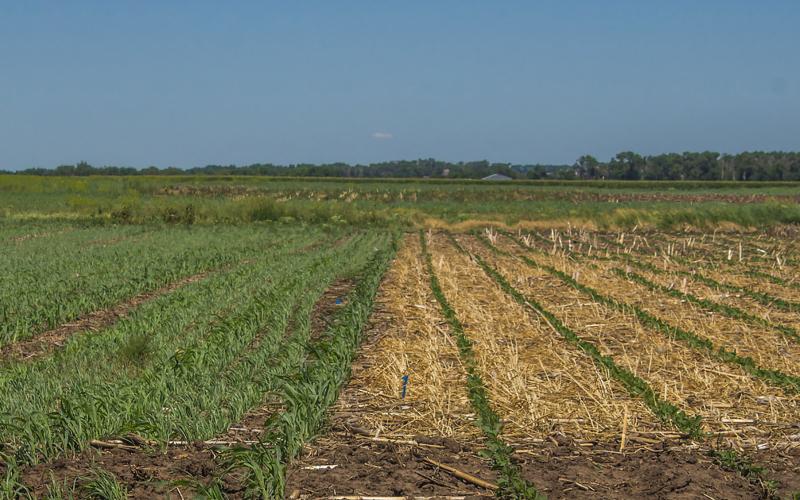
Crop Residue, Cover Crops Impact on Soil Health Parameters
Interest in no-till and cover crops has been on the rise among South Dakota crop producers. In 2019, half of South Dakota crop ground was under no-till management and about 900,000 acres were planted to cover crops.
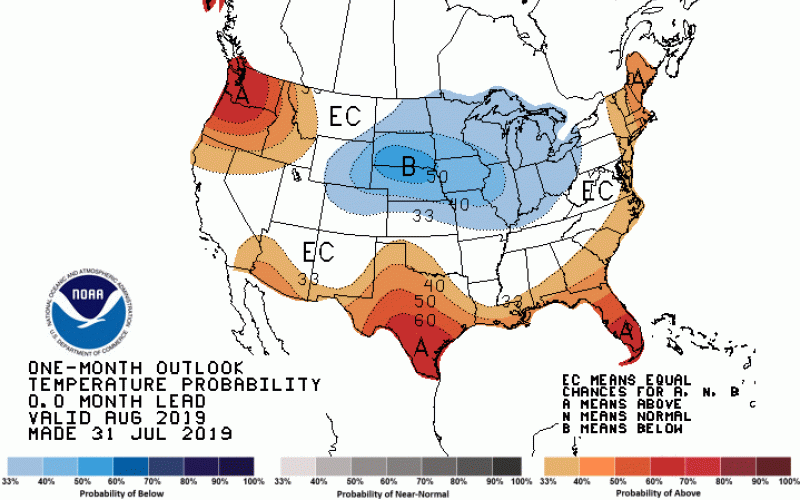
August 2019 Climate Outlook: Cool and Wet
According to the latest climate outlook update, odds are favoring that August 2019 will be cooler than average. The update was released by NOAA’s Climate Prediction Center on July 31, 2019.
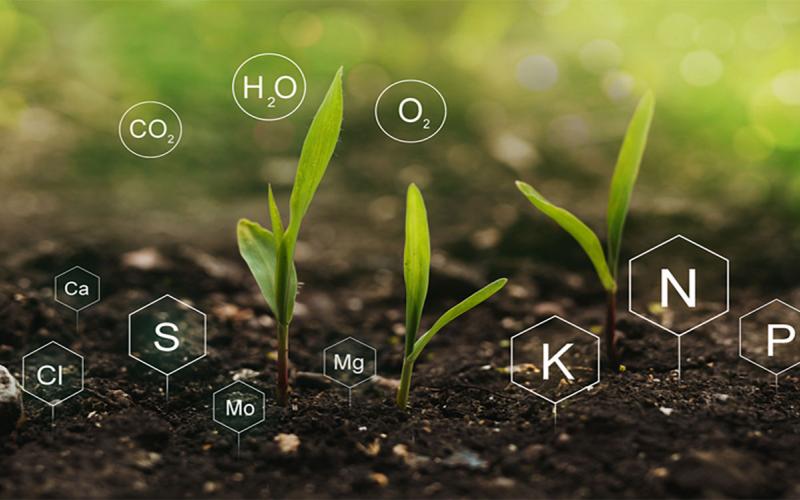
Interpreting Soil Tests for Gardening
There are many different chemicals that make up plants. These chemicals include hydrogen, carbon, oxygen, nitrogen, phosphorus, sulfur, calcium, magnesium, iron, manganese, copper, boron, zinc, molybdenum, cobalt, and chlorine.
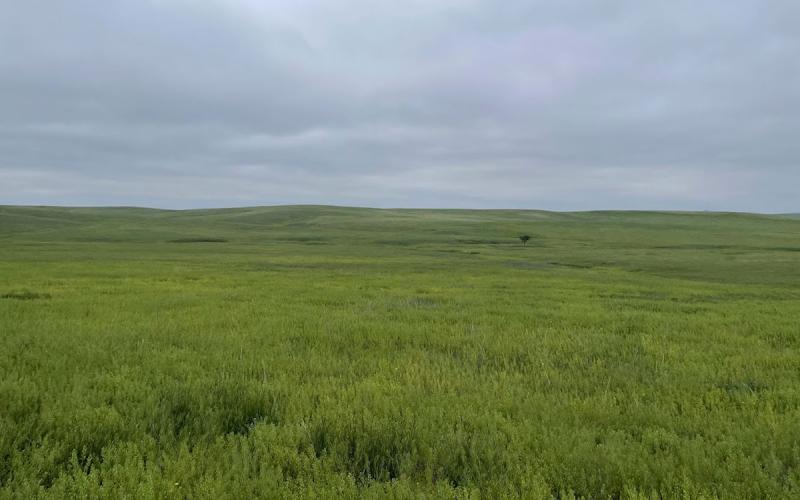
2025 Field Pennycress Management Considerations
Field pennycress prevalence on pastures has been observed to be in higher abundance this year in Western South Dakota. When consumed in certain quantities it can be toxic to livestock.
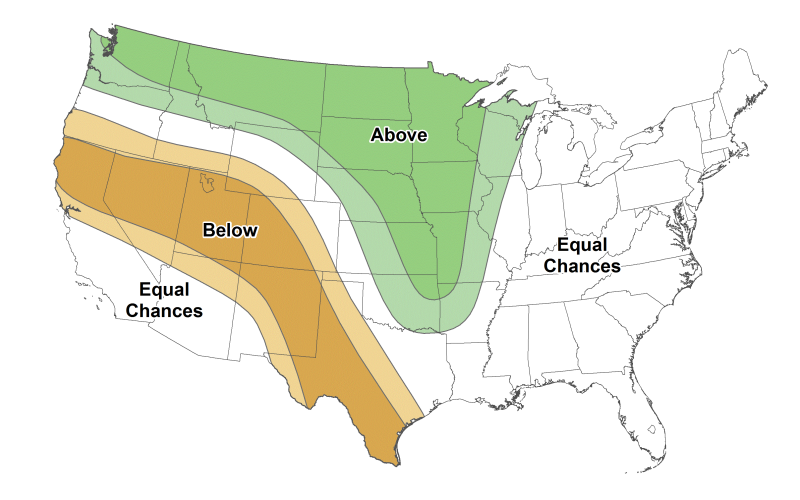
May 2022 Drought and Climate Outlook
The May climate outlook favors cooler and wetter than average conditions. It is possible producers could experience some short-term drought relief, with a return to drought or re-intensifying in the mid-summer season.
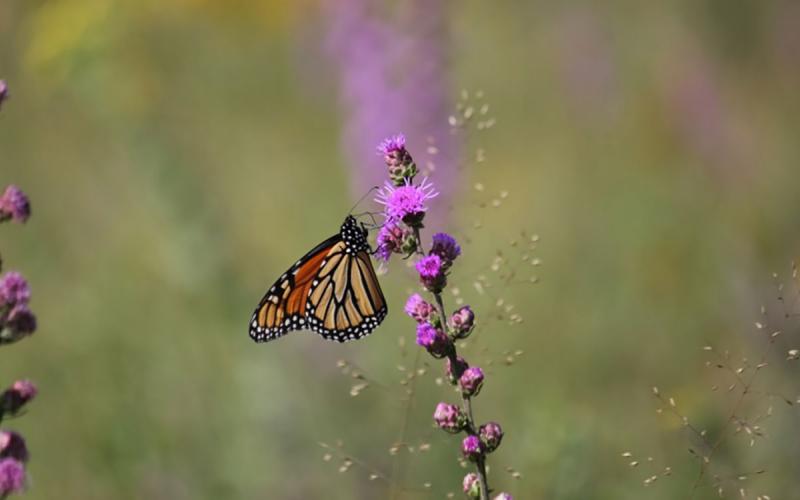
Understanding the Critical Role of Broadleaf Pollinator Plants in Pastures
Understanding the economic role of pollinators is the first step towards understanding their value to grassland and crop systems.
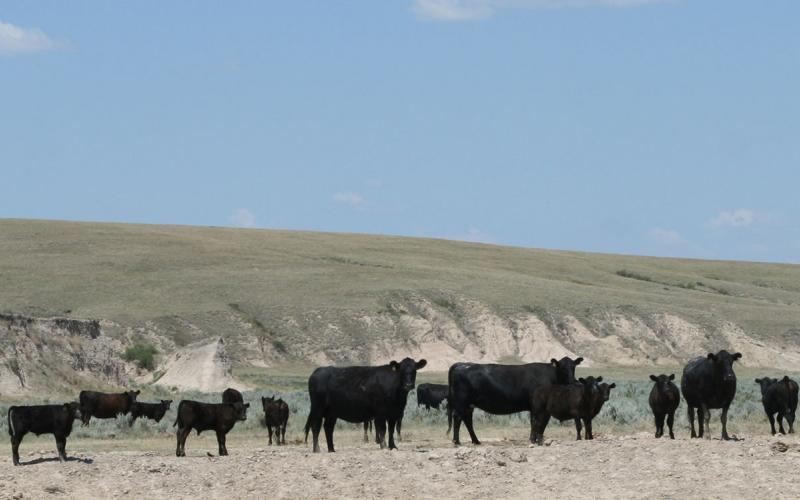
Adaptive Management: One Strategy To Increase Your Operation’s Flexibility and Resiliency
Adaptive management is a strategy that livestock producers can use to manage year-to-year variability in forage production and build drought resiliency for their operations.
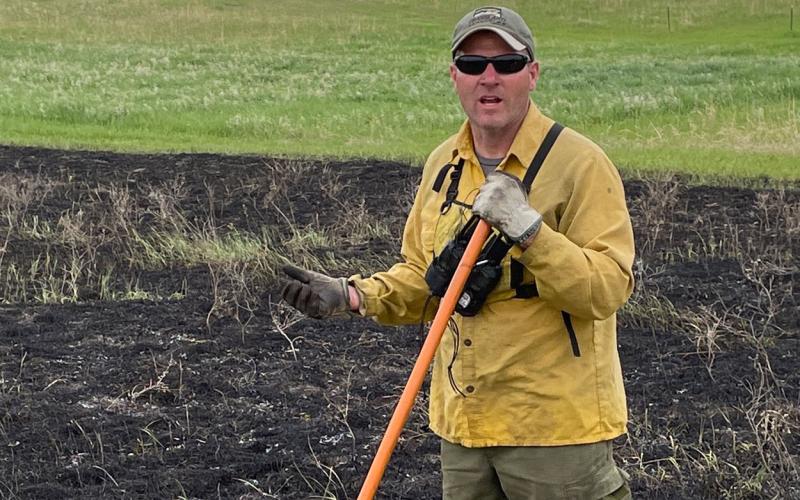
SDSU Extension Field Specialist Named Wildlife Professional of the Year
May 25, 2022
Pete Bauman, SDSU Extension Natural Resources and Wildlife Field Specialist, received the Wildlife Professional of the Year award from the South Dakota Chapter of The Wildlife Society at its annual meeting held March 3, 2022.
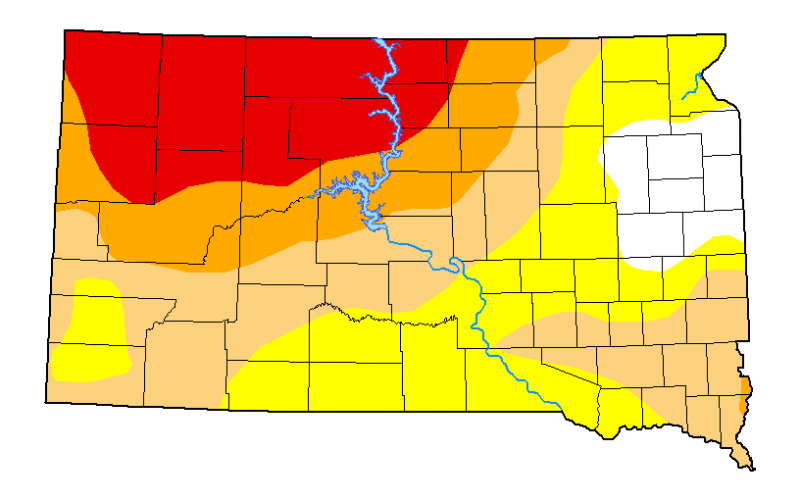
SDSU Extension to Resume Drought Hour in May
April 29, 2021
According to the latest U.S. Drought Monitor, nearly 95% of South Dakota is in some level of drought, including 19.42% that is classified as Extreme Drought (D3) in the north central region.
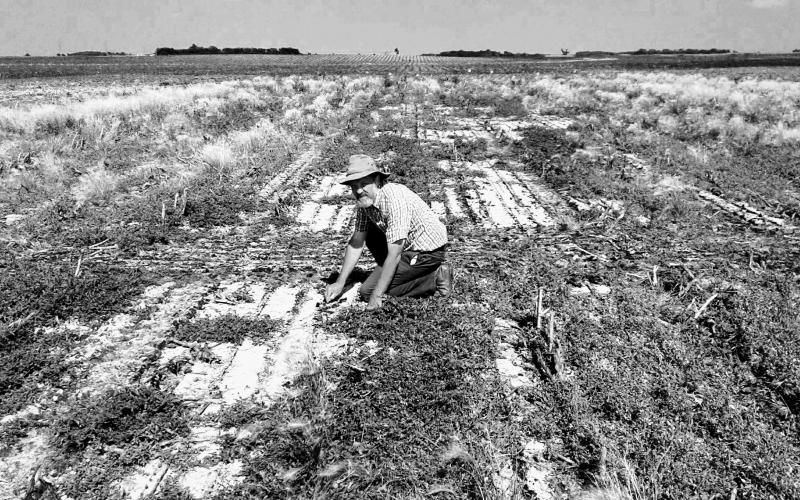
Perennial Solutions for Alkali Areas
Reclaiming marginal lands, especially those considered saline or sodic can be very challenging and may take many years to accomplish. The key to turning around salt or alkali areas in your fields, begins with getting a living root established in the affected area.